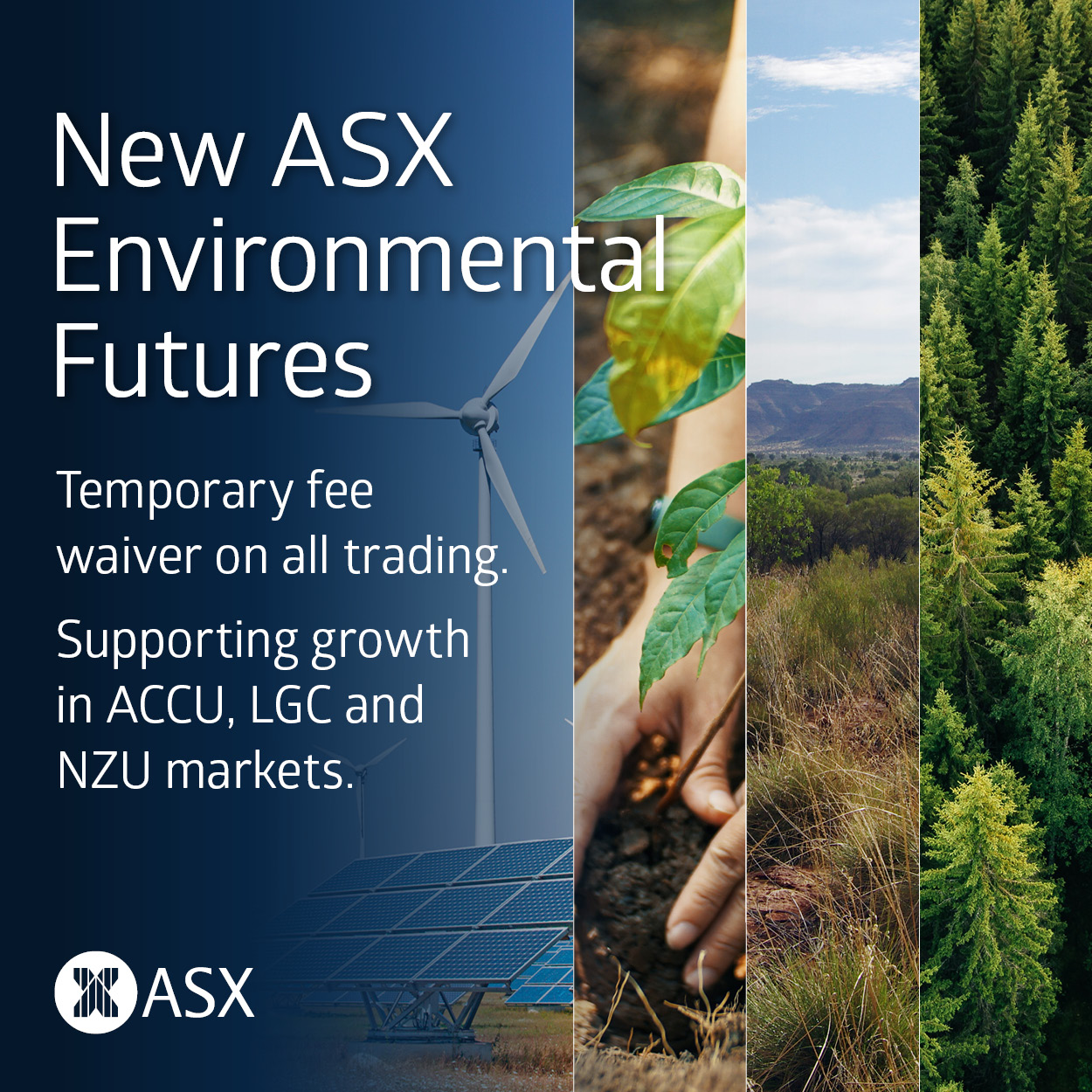Western conglomerates Coca-Cola and Starbucks are among the companies that will see their Beijing-based CO2 emissions covered by the city’s carbon trading scheme from this year, according to an announcement by the Chinese capital’s municipal government.
The Beijing Development and Reform Commission (DRC) announced in December it would lower the threshold for ETS coverage to companies that emit at least 5,000 tonnes of CO2 annually, half the previous limit.
The government initially expected around 600 new companies to be regulated, but according to a list of the new participants published on the DRC website this week, only 430 new firms will be brought into the market.
Along with Coca-Cola and Starbucks, Shell Tongyi Petrochemical Co. and Siemens China were among foreign-headquartered firms included.
Also listed were the Beijing Jingmei Coal Chemical Co., Beijing MTR Corporation (jointly owned by the Hong Kong metro transportation company), and the sales arm of the China National Petroleum Corporation, the nation’s largest integrated energy company.
The new ETS participants are from a number of sectors, including pharmaceuticals, food producers, machinery manufacturers, and water suppliers.
But the list also included a number of organisations not typically associated with high emissions or carbon markets, such as the Palace Museum in the Forbidden City, one of Beijing’s most famous landmarks, and the People’s Daily, a state-owned newspaper.
Several police stations, hot spring resorts and university colleges were also included.
It’s unclear whether the newcomers and other small emitters in the pilot markets will be covered by the China’s national ETS when it’s launched next year.
They will fall below the threshold for inclusion in that scheme, although a lead architect of the Chinese market said earlier this week that regional governments would be allowed to seek the inclusion of small facilities in the national scheme if they wish.
However, some observers have speculated that several of the pilots, such as Beijing’s and Shanghai’s, may opt to continue with their local cap-and-trade programmes for smaller companies not covered by the nationwide system.
By Stian Reklev – stian@carbon-pulse.com
Not yet signed up to CP Daily? Subscribe to our free newsletter here


